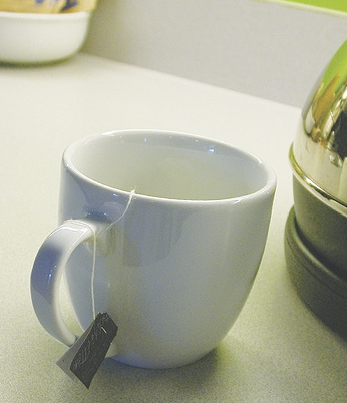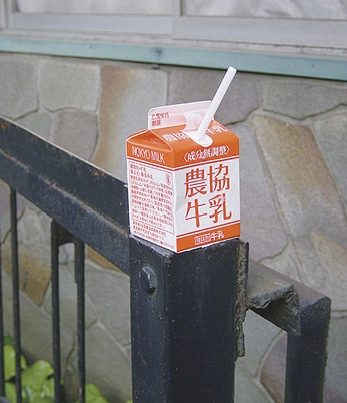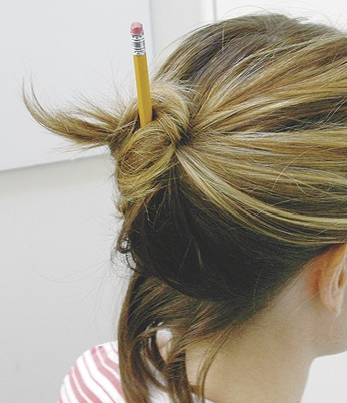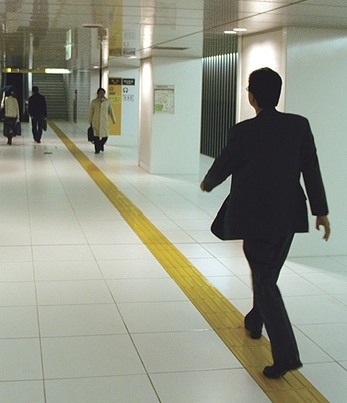Small photo book, see sample pictures below.




Topic:
A visual documentation of actions we do not think about but are nevertheless deeply ingrained in our behaviours, for instance grabbing something for balance, warm your hands on a cup of tea, hang a jacket to claim a chair.
Main thesis:
Thoughtless acts are habits that come up spontaneously, or as a result of social learning. At the same time this is key information and inspiration for design and a great starting point for creation.
Methodology:
There is no analysis, the value is in looking the authors state. The book consists of almost exclusively photos, which are clustered in types of actions such as ‘reacting?’, ‘co-opting?’, ‘signaling?’. The photos were collected amongst IDEO employees as a collaborative effort by their human factors director Jane Fulton Suri. Readers are encouraged to send their own photos. There is a little note on each photo, but only in the back which really makes you look first.
Theoretical framework:
There is an essay at the back which concentrates on how IDEO works with this kind of visual information and inspiration and talks about a few projects that used the approach, showing what can come out of it. The framework thus is mostly a practical one, although we can also position this work in a wider push to develop thinking about design research, what it is and what it can be.
Format:
Visual essays, with just pictures, no notes or even titles on the photos themselves. The pictures are clustered and categorised but that’s all. You can then look up a little note about them in the back if you want. The book is more a collection than anything else, but there is a clear idea behind it that is expressed in the introduction and an essay in the back. This is essential to hold it together.
Link:
Review on 37signals.com.
Relevance:
We also have done observations and some clustering of them. It is good to see how with only very little information attached to the visuals much can be achieved, in particular aiding the reader to look in new ways, for new things. This new looking is also one of our goals.